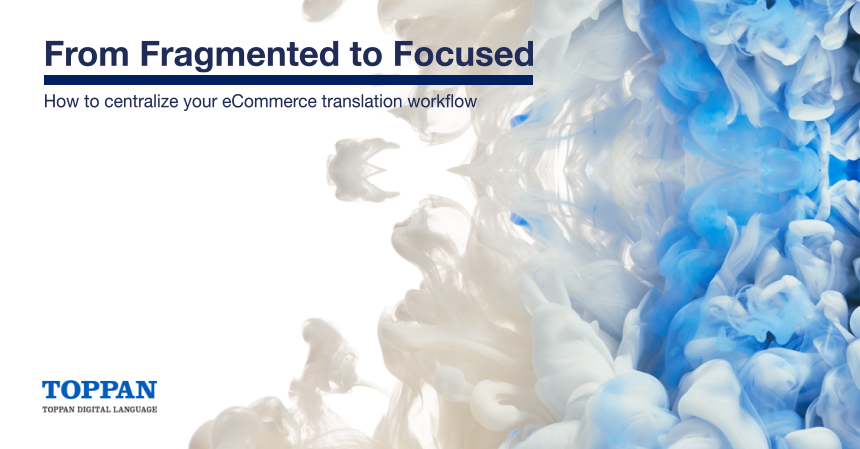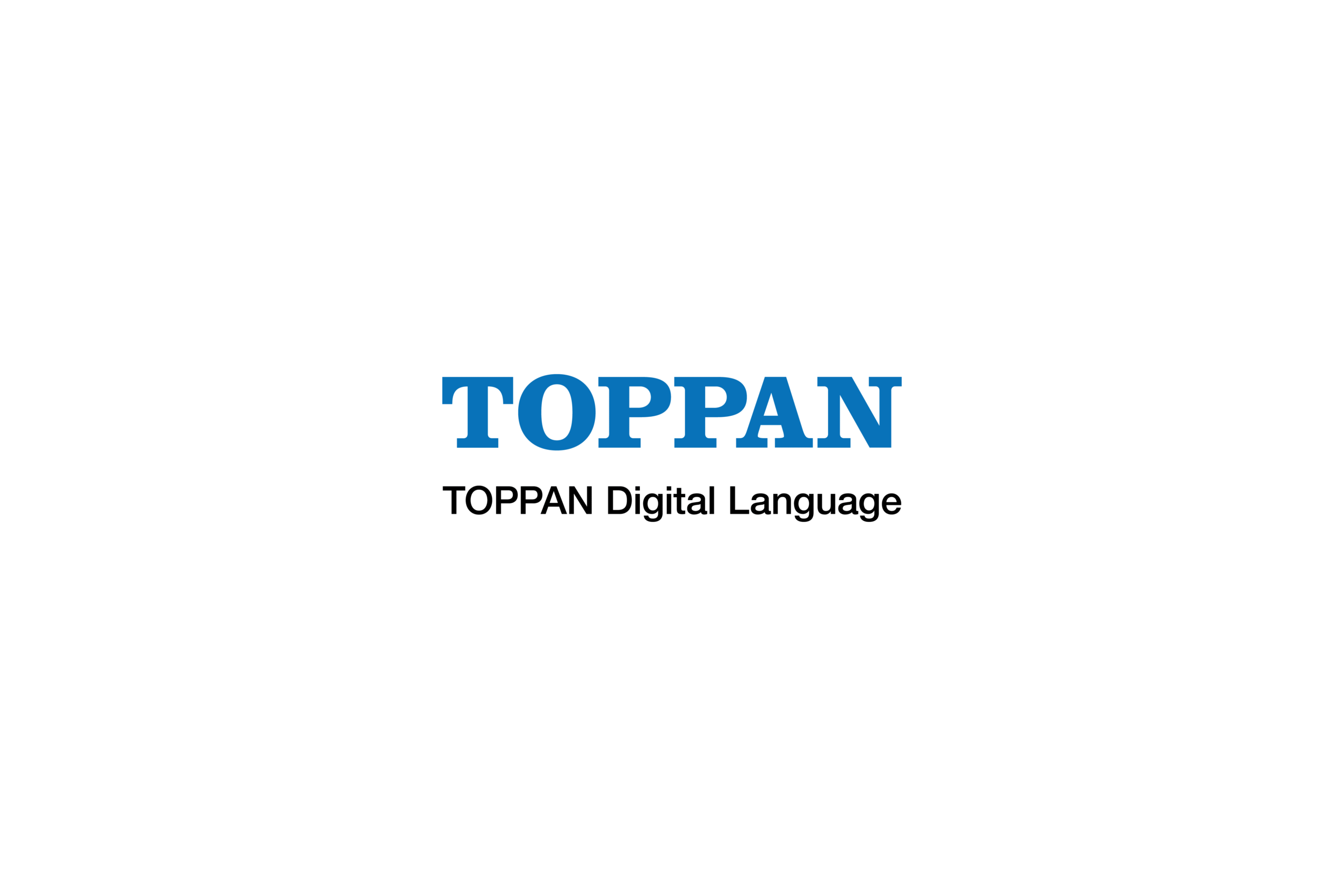In summary: Centralizing your eCommerce translation workflow is crucial for brand consistency, streamlined operations, and cost savings. This approach ensures a unified brand voice across all markets and maximizes efficiency in a global eCommerce landscape.
Brand Dilution Risks: Decentralized translation workflows can dilute brand messaging and increase costs.
Centralization’s Advantages: Centralizing translation processes ensures brand consistency, faster turnaround times, and operational savings.
Centralization Checklist: Audit current processes, set clear objectives, choose the right TMS, implement guidelines and style guides, integrate with CMS, QA and review processes, monitoring & improvement.
In the fiercely competitive world of eCommerce, consistent branding and efficient operations are paramount. Even as brands expand their reach, maintaining a seamless global customer experience remains critical. Yet, with expansion comes intricate logistical intricacies to navigate.
Managing multiple translation workflows for different languages and countries can be daunting, time-consuming, and costly. Add to that the constant updates, seasonal promotions, and ever-changing customer expectations, and you’ve got yourself a logistical nightmare. Recognizing these challenges underscores the need for centralizing your eCommerce translation workflow.
A centralized system offers you not only cost savings but also ensures consistent messaging and faster turnaround times. But what are the pros and cons of a centralized translation workflow, and what steps can you take to get your multilingual content management routine humming like a well-oiled machine?

The pitfalls of decentralized translation workflows
Operating with a decentralized translation model can result in significant inefficiencies. First and foremost, having disparate workflows can lead to inconsistencies in branding and messaging. Teams across different markets might use varied translations, diluting your brand’s message and confusing international customers.
This fragmented approach also leads to duplicated efforts like vetting multiple vendors, negotiating contracts, and ensuring quality in each market—directly inflating operational costs.
You could provide style guides or term bases from your HQ to each operational site, but this has drawbacks. Without a uniform approach, you can’t benefit from bulk translation rates, and project management becomes an additional task to juggle.
Not to mention, a decentralized system makes it challenging to track and manage projects effectively, potentially delaying time-to-market and further escalating costs.

Benefits of a centralized workflow
Centralization combats these issues head-on. It ensures brand and tone consistency by providing a unified platform where all translations are managed. This results in a cohesive brand voice across all markets and languages. Efficiency is another win. A centralized system often has built-in automation features that significantly speed up the turnaround time.
At TOPPAN Digital Language, our proprietary tech, STREAM, combines smart content routing, automated workflows, an integrated secure online editor, AI-powered machine translation, and CMS connectors.
Then there are, of course, the cost benefits. Managing all translations through a single system allows for better budget control and often lowers overall costs.
But what should you look out for when centralizing your eCommerce translation workflow? Here’s a checklist to get you started.

Steps to centralize your eCommerce translation workflow
Audit current processes
Before centralizing your translation workflow, take a step back to audit your current processes. Identify the bottlenecks, redundancies, and any pain points. Knowing what’s broken will help you understand what needs fixing.
For instance, you might discover that your current workflow has multiple approval stages that slow down the translation process, causing delays in campaign launches. Or you may find out that translators are working on outdated versions of documents because there’s no central repository for the latest files.
These are the kinds of bottlenecks and pain points that a well-audited process can bring to light, helping you make informed decisions as you centralize.
Set clear objectives
What do you want to achieve with centralization? Whether it’s quicker project turnaround, reduced operational costs, or more consistent branding, having clear objectives will guide your centralization efforts effectively.
Choose the right translation management system (TMS)
Your TMS is the backbone of your centralized translation workflow. Look for a cloud-based solution with robust automation capabilities and a user-friendly interface. These features will make your life much easier. Consider a TMS that offers real-time collaboration features, allowing your eCommerce or Marketing teams and linguists to work on projects simultaneously to save time.
For example, STREAM’s teal-time project tracking features enable you to:
- Select content for translation.
- Request and approve quotes.
- Check linguist availability.
- Allocate internal reviewers, or even use your own linguists if needed.
- Monitor quality at every stage with automated assurance flags.
- Implement Standardized Guidelines and Style Guides
Establish standardized guidelines and style guides that all translators must follow to maintain consistency across all markets and languages. This is your brand’s voice we’re talking about; make sure it’s unified and strong.
Naturally, different cultures may not connect with all aspects of your brand or marketing. By storing transcreation and cultural insights in centralized guidelines, you’ll streamline future content adaptations, saving time and money.
Integrate with eCommerce platform
Seamless integration between your TMS and CMS will streamline operations and offer a smooth transition from translation to live content. This reduces manual labor and the chance of errors cropping up during the transition.
Quality assurance and review processes
Quality can’t be compromised, especially when venturing into new markets. Implement multi-step quality checks in your workflow, especially for AI-power machine-translated content. This might include automated checks and peer reviews. You could employ automatic spelling and grammar checks as the first line of defense against errors, followed by peer reviews to check for context and tone.
For critical content, you might even employ a third layer, like professional proofreading, to ensure that your translation meets the highest quality standards.
Continuous monitoring and improvement
Implementing a centralized system isn’t a ‘set and forget’ scenario. Continuously monitor the performance through analytics and be open to making tweaks for ongoing improvements. For instance, you could monitor metrics such as translation speed, error rates, and customer feedback related to language and apply this data to refine your translation process.
By taking the time to centralize your eCommerce translation workflow, you’re not just making a procedural change; you’re making a strategic investment in the global growth of your business. Ensuring a cohesive and efficient translation process will position your business for optimal operational success as the eCommerce landscape continues to evolve.

